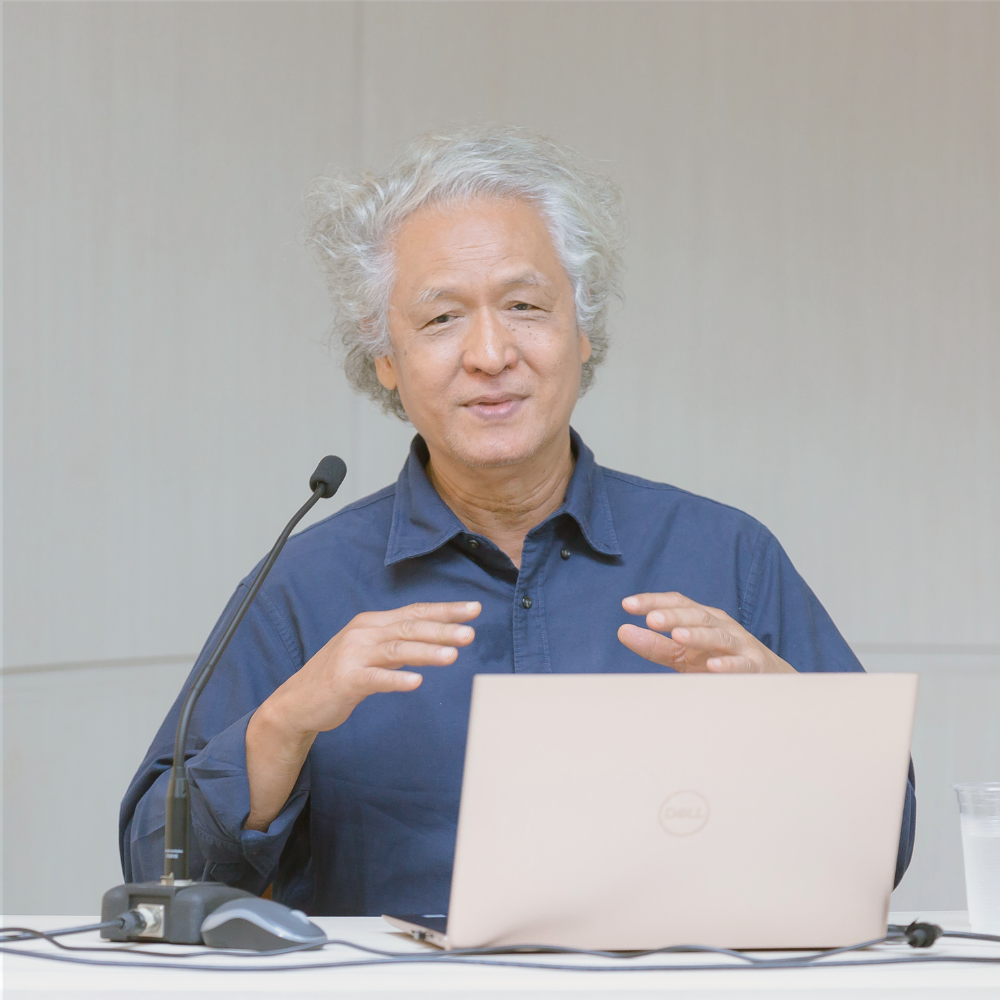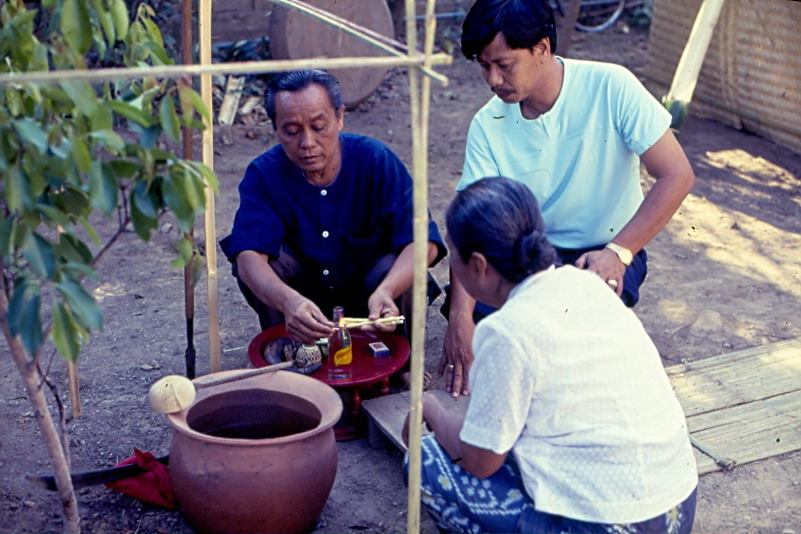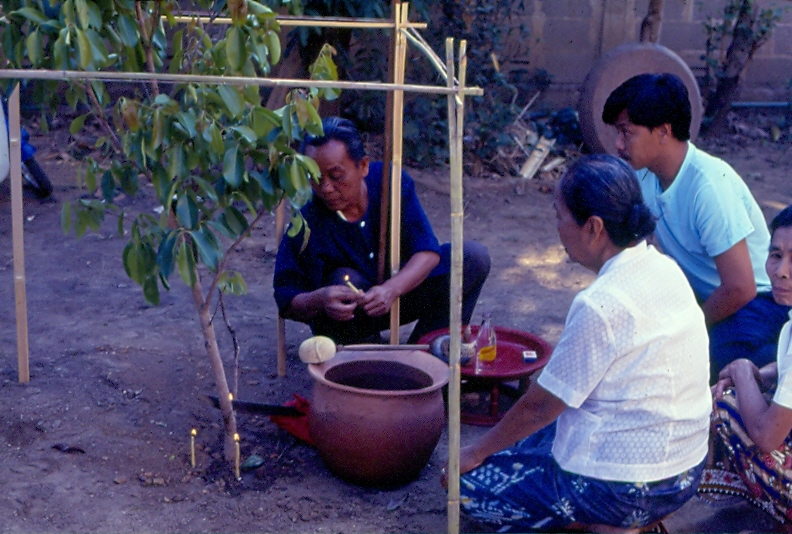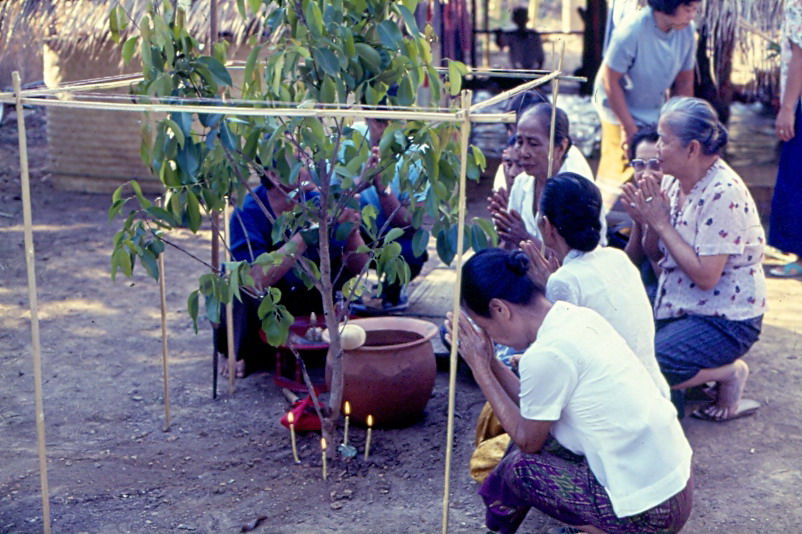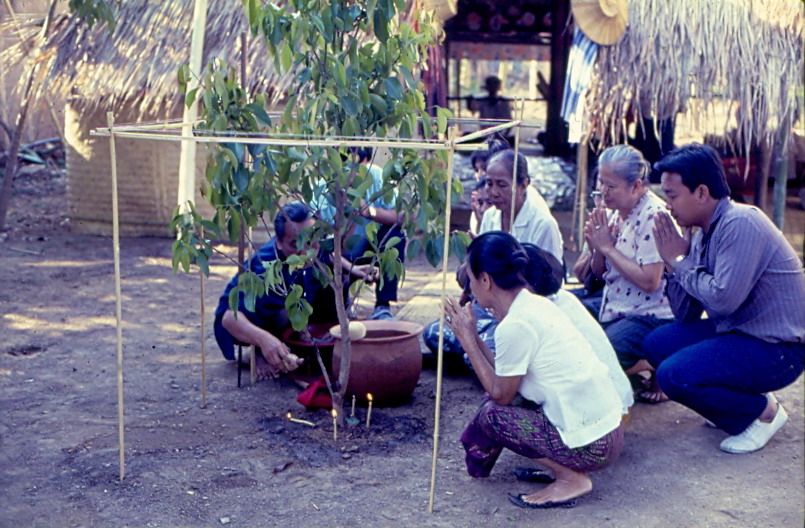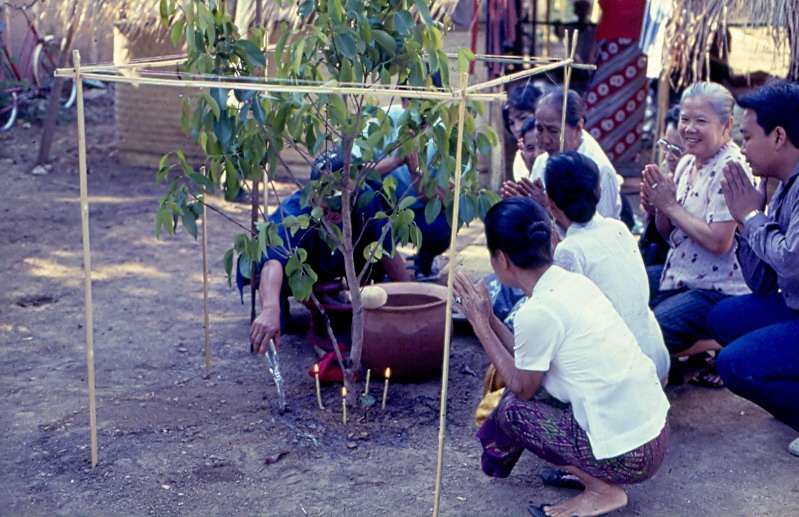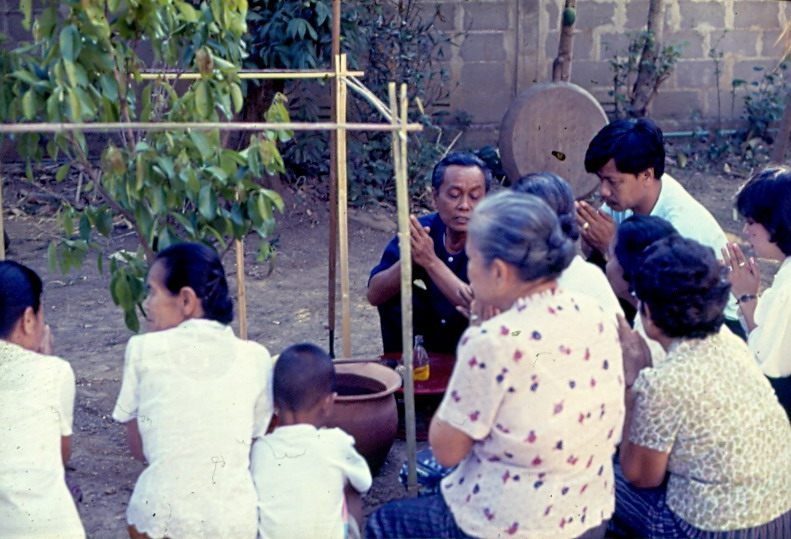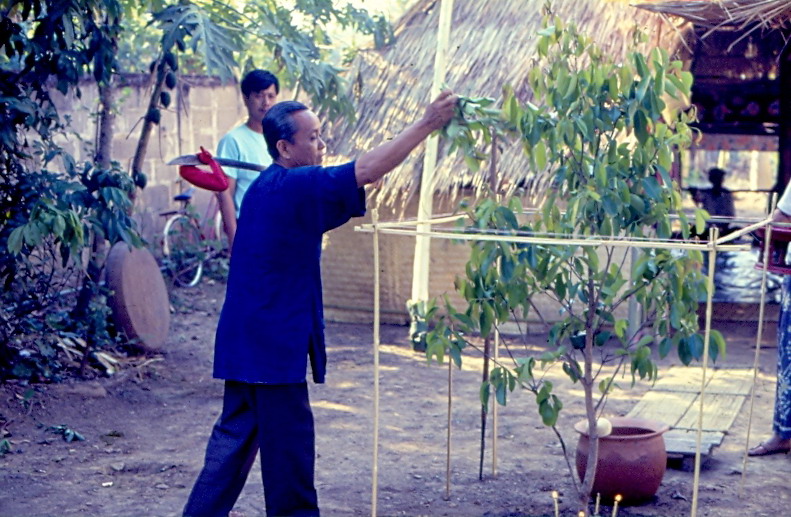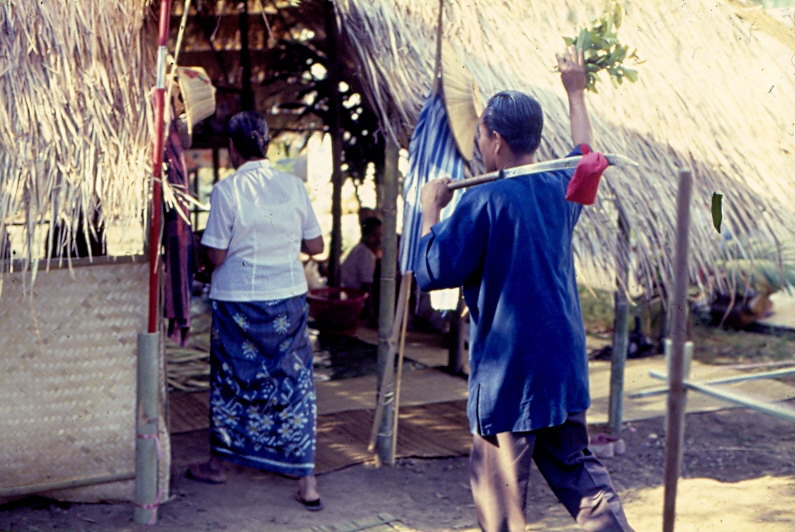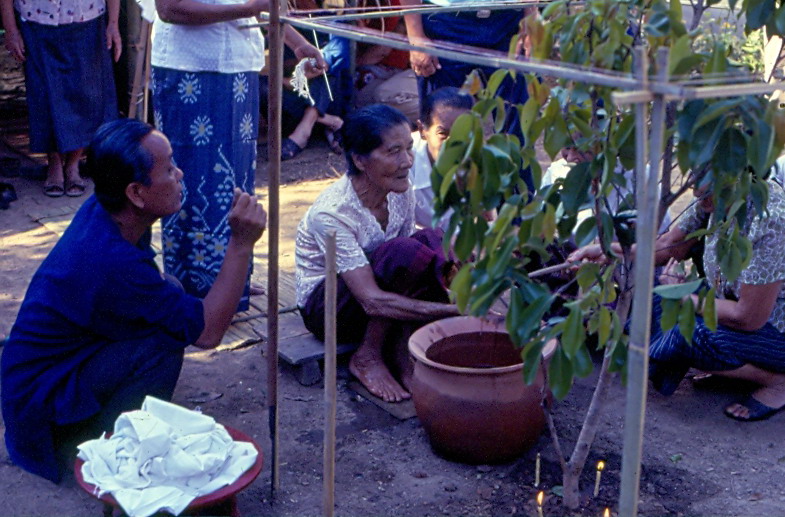Professor Dr.Anan Ganjanapan is a Professor in the Department of Sociology and Anthropology at Chiang Mai University, Thailand. He received his Ph.D. in Anthropology from Cornell University and has served as a Chairman of the Graduate Committee at the Regional Center for Social Science and Sustainable Development. His research interests include economic anthropology, environmental management, history of rural economy and society, history of the Lanna, rituals and beliefs, social theory of development, and ethnology.
The collection consists of 754 photographs which were recorded by Anan Ganjanapan during his anthropological fieldworks in Thailand. There are 3 series of material in his collection : Research at Ban Sanpong, Sanpathong, Chiengmai in 1980-1981, Ancestral Ritual, Prae and Lampang Province in 1986, and Wedding of Lau, Mae Hong Son Province in 1987.
